Below is a collection of our published papers.
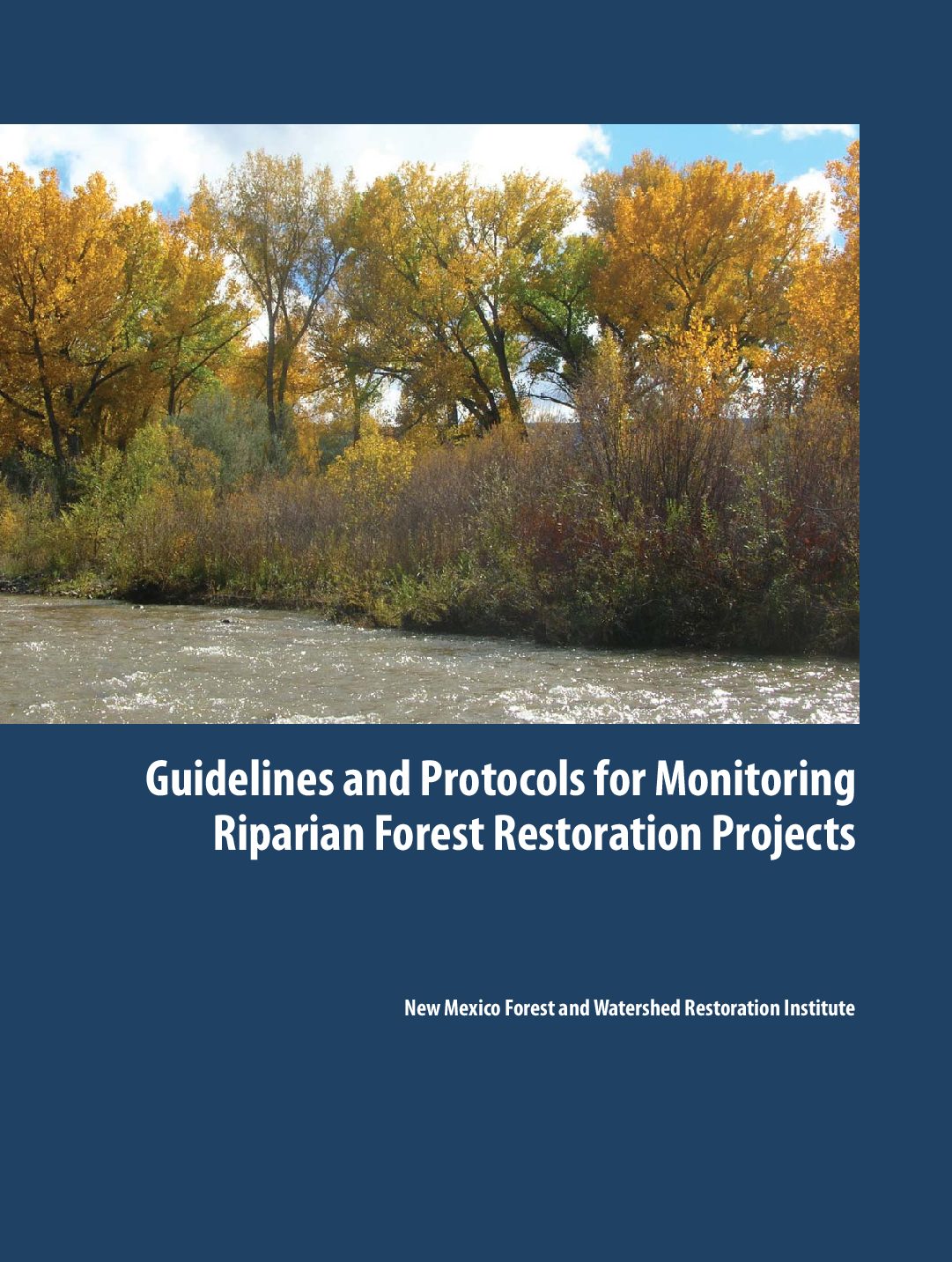
Guidelines and Protocols for Monitoring Riparian Forest Restoration Projects
Guidelines and Protocols for Monitoring Riparian Forest Restoration Projects ...

NMFWRI – GRGWA Riparian Common Stand Exam Based Plot Sample Protocols
Based on the 2011 Guidelines and Protocols for Monitoring Riparian Forest Restoration Projects (Bonfantine, et al.) and the Common Stand ...
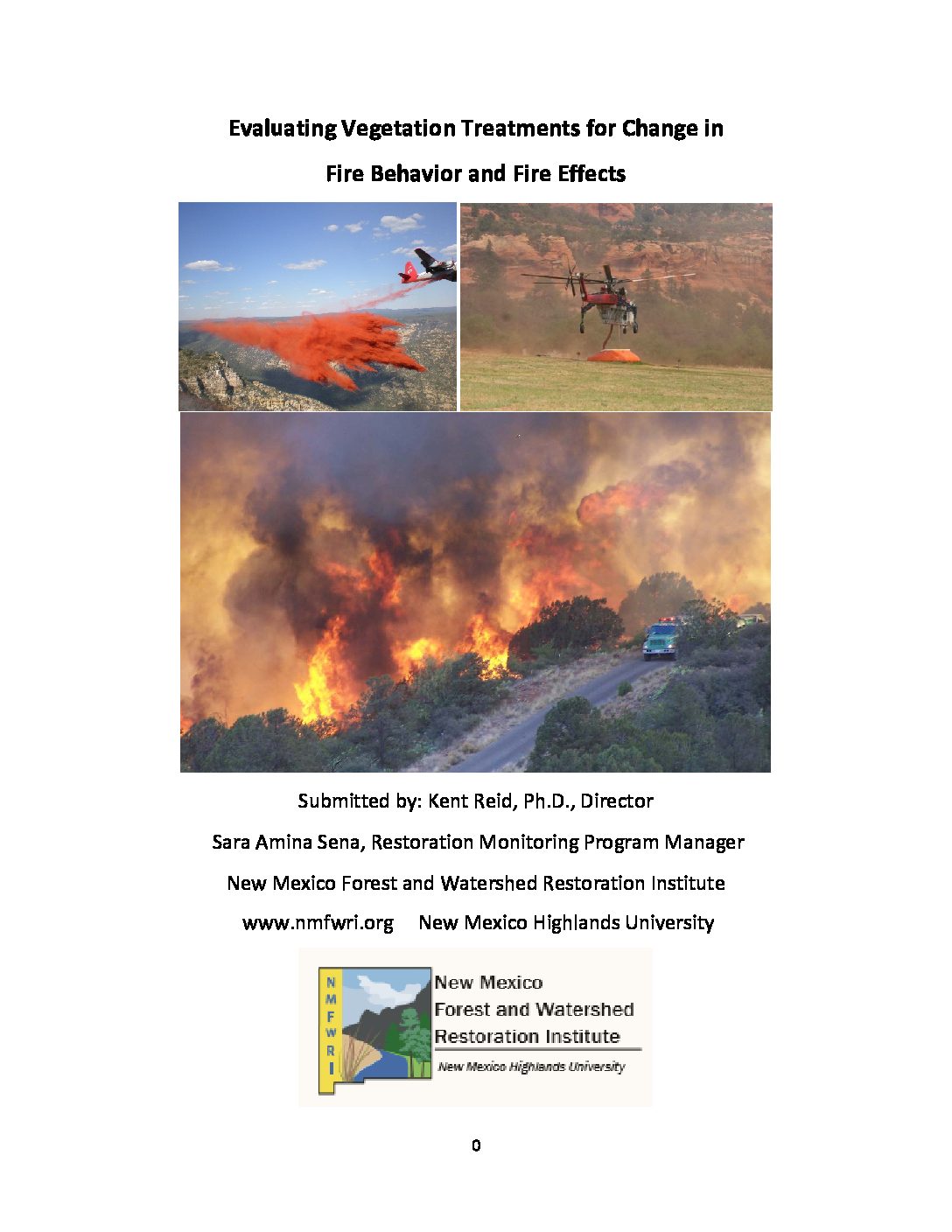
Evaluating Vegetation Treatments for Change in Fire Behavior and Fire Effects
This report is a review of methods to evaluate how effectively vegetation treatments change fire behavior and fire effects in ...
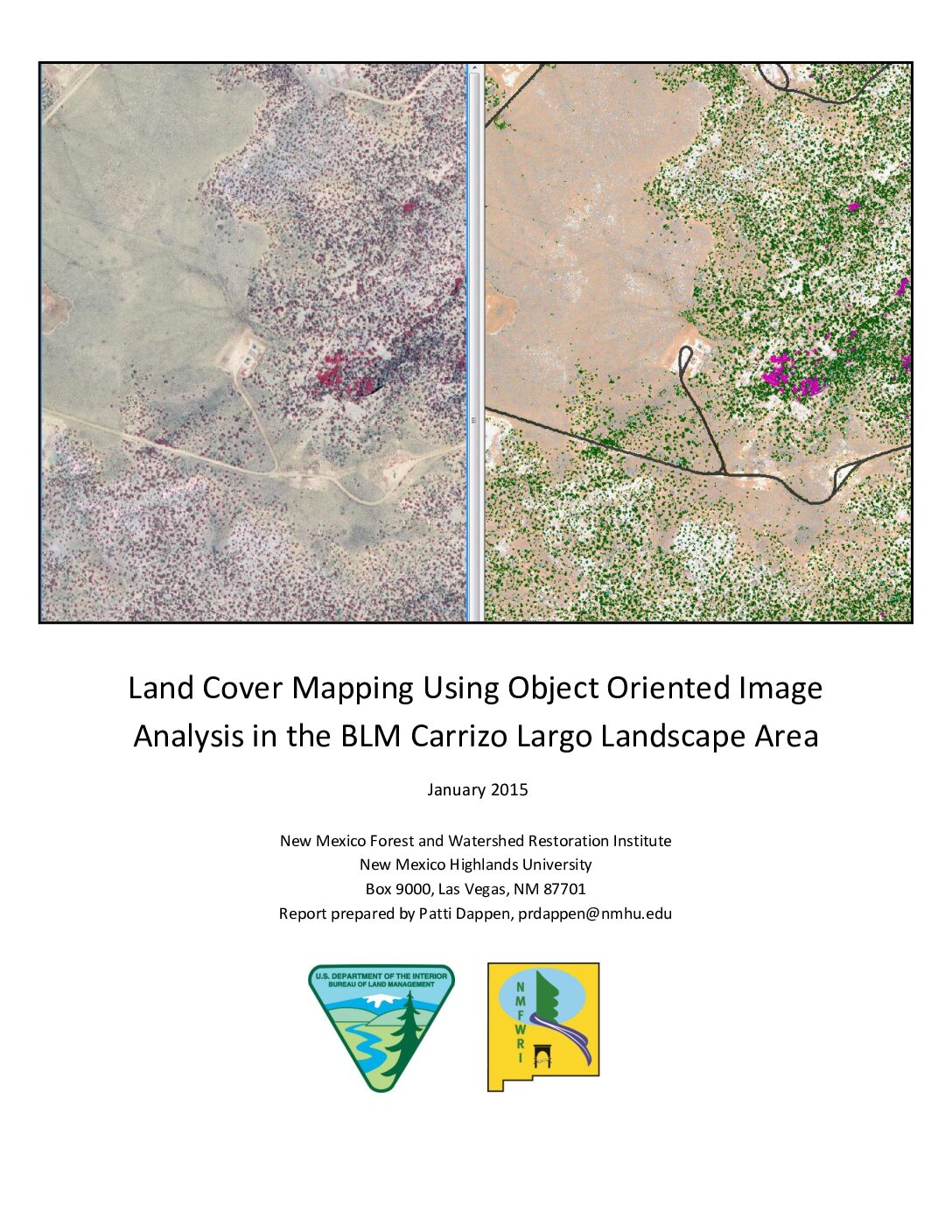
Land Cover Mapping Using Object Oriented Image Analysis in the BLM Carrizo Largo Landscape Area
Land Cover Mapping Using Object Oriented Image Analysis in the BLM Carrizo Largo Landscape Area ...
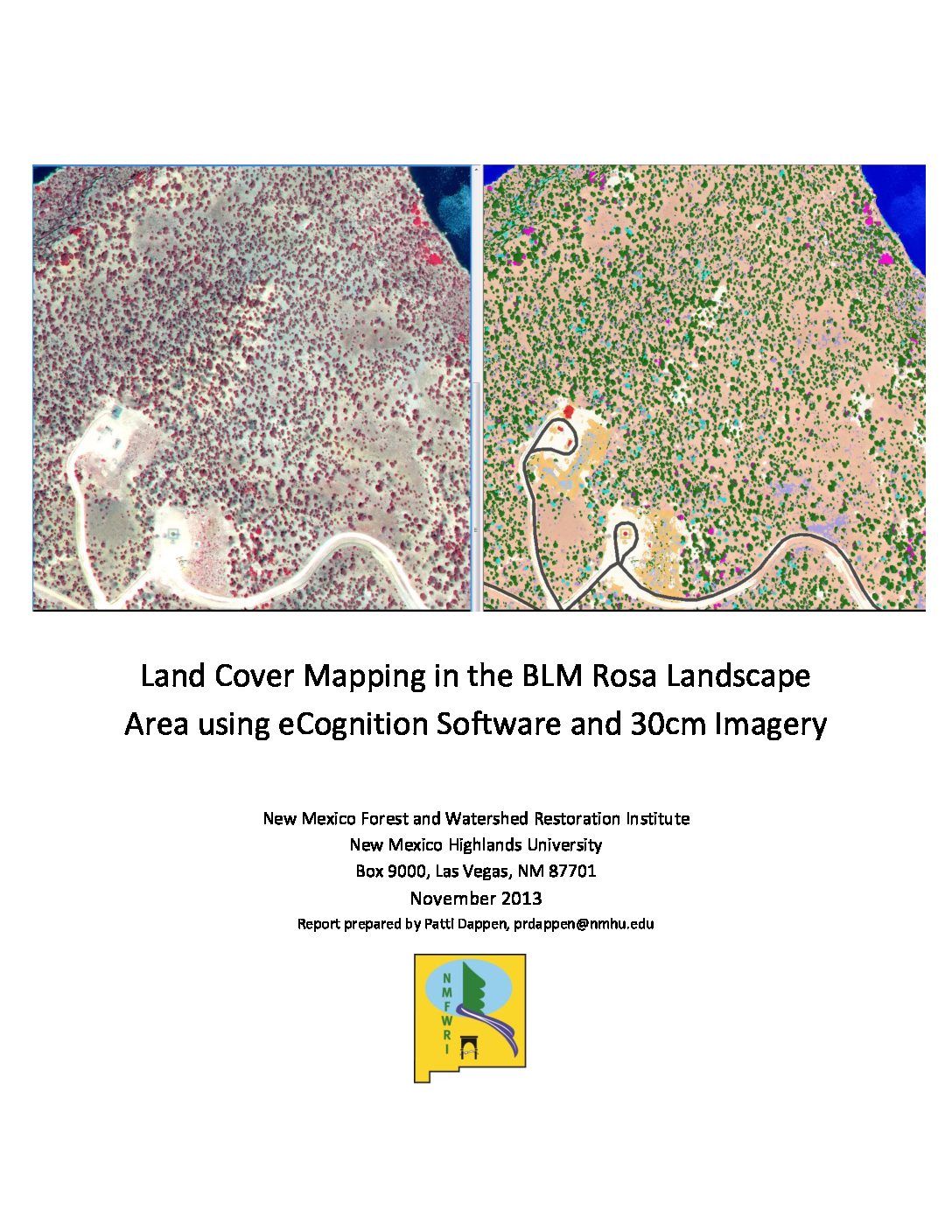
Land Cover Mapping in the BLM Rosa Landscape Area using eCognition Software and 30cm Imagery
Land Cover Mapping in the BLM Rosa Landscape Management Area ...
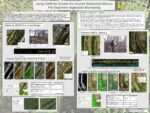
Using LIDAR for Greater Rio Grande Watershed Alliance Pre-Treatment Vegetation Monitoring
Using LIDAR for Greater Rio Grande Watershed Alliance Pre-Treatment Vegetation Monitoring ...
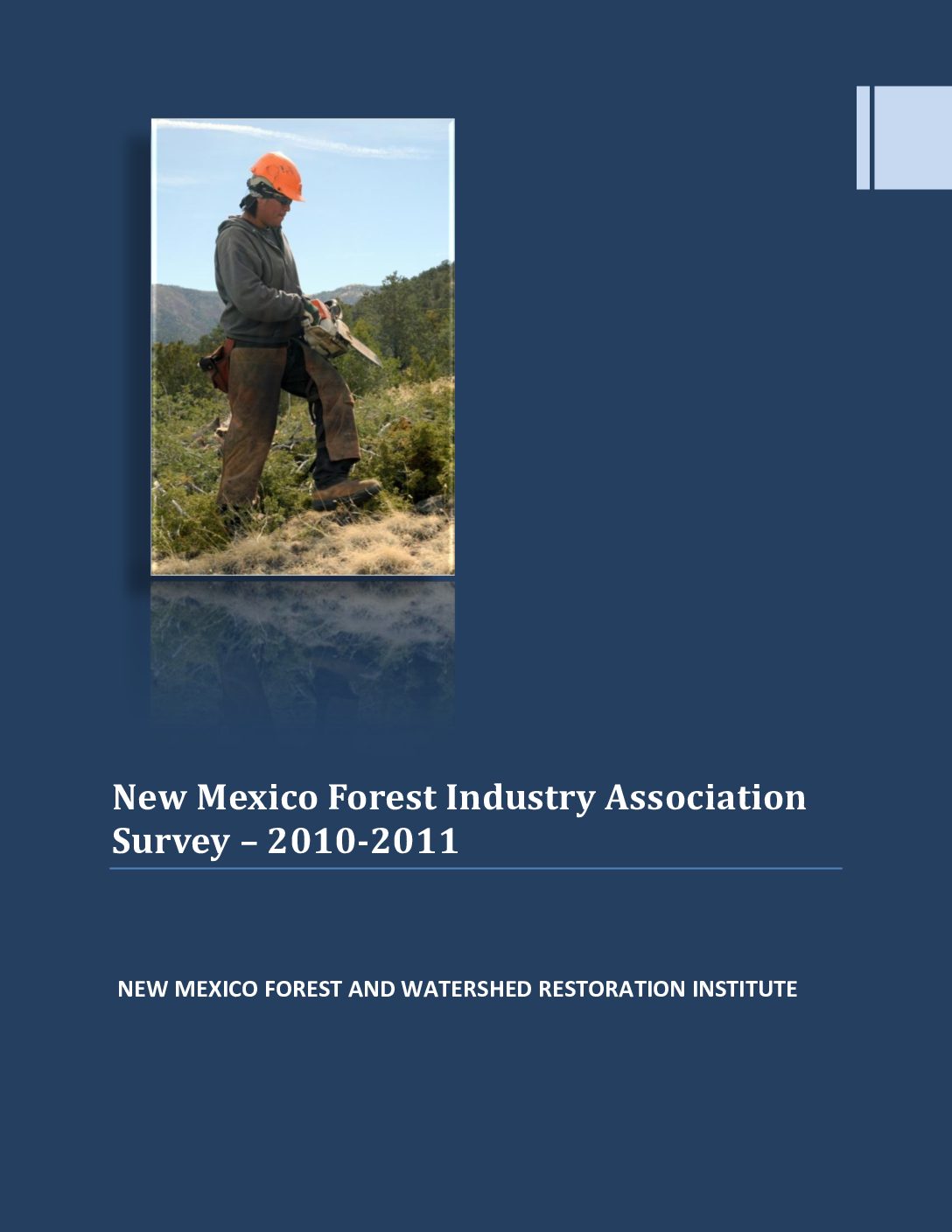
New Mexico Forest Industry Association Survey : 2010-2011
New Mexico Forest Industry Association Survey – 2010-2011 ...

Socioeconomic Indicators for Forest Restoration Projects
Full Report: Socioeconomic Indicators for Forest Restoration Projects ...
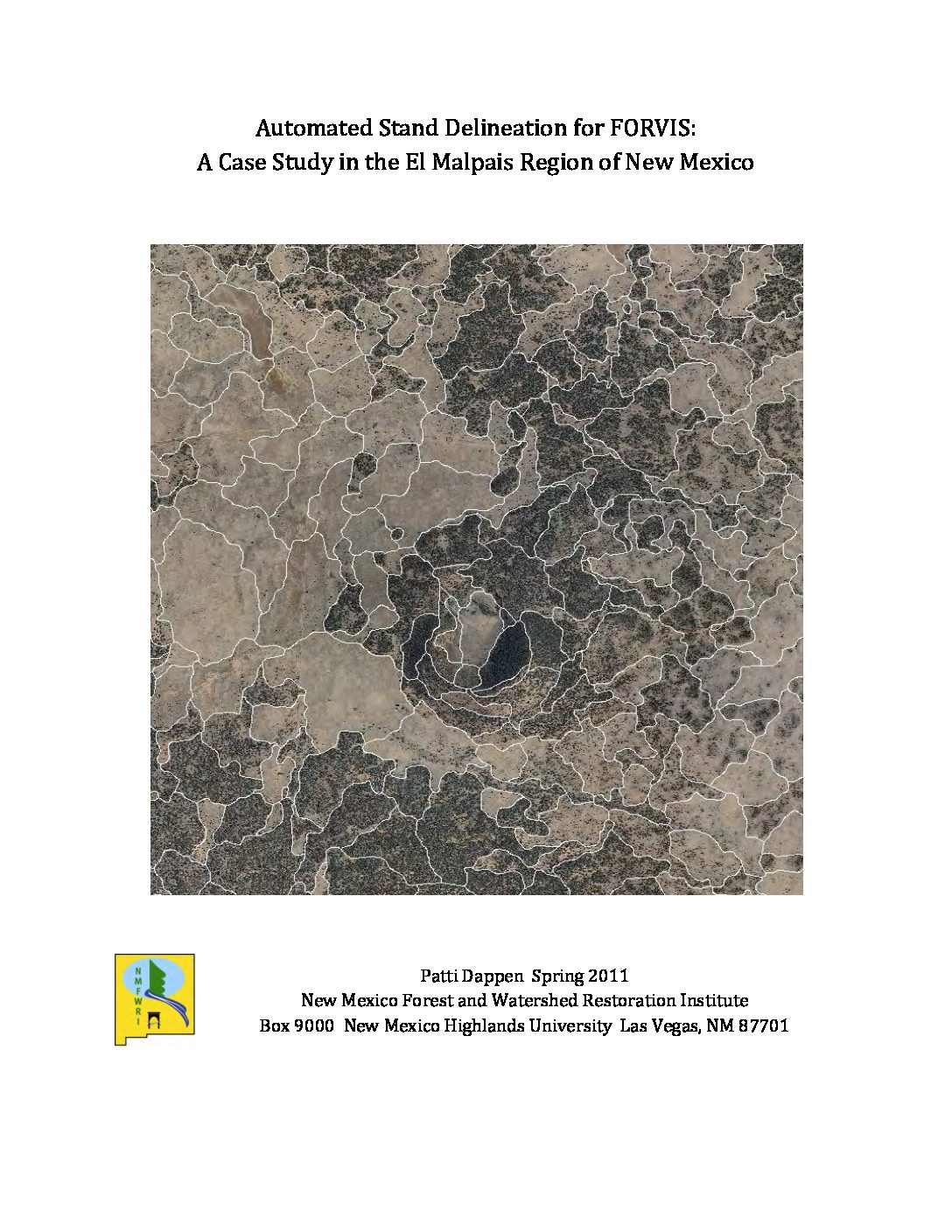
Automated Stand Delineation for FORVIS: A Case Study in the El Malpais Region of New Mexico
Automated Stand Delineation for FORVIS: A Case Study in the El Malpais Region of New Mexico ...
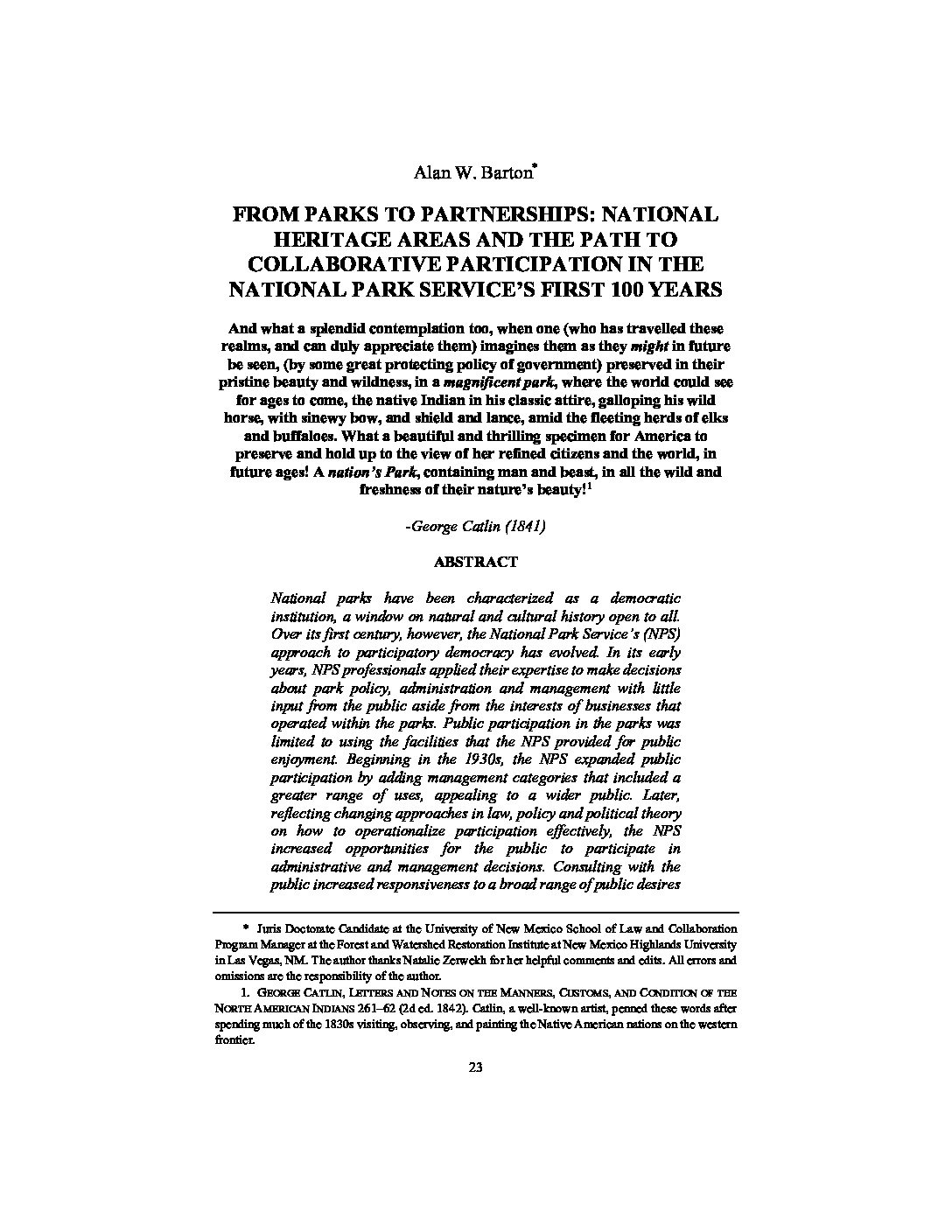
From Parks To Partnerships: National Heritage Areas and the Path to Collaborative Participation in the National Park Service’s First 100 Years
National parks have been characterized as a democratic institution, a window on natural and cultural history open to all. Over ...
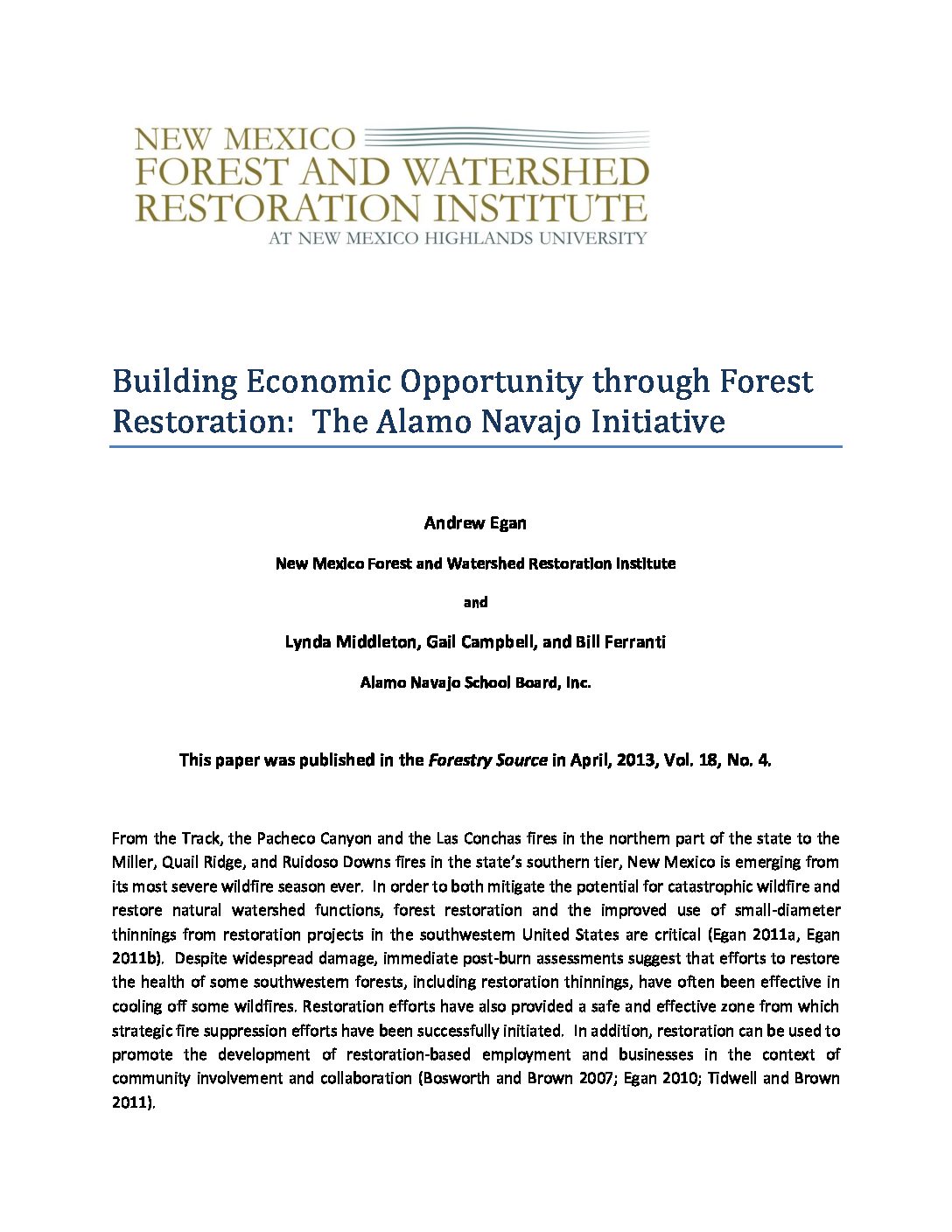
Building Economic Opportunity through Forest Restoration: The Alamo Navajo Initiative
Building Economic Opportunity through Forest Restoration: The Alamo Navajo Initiative ...
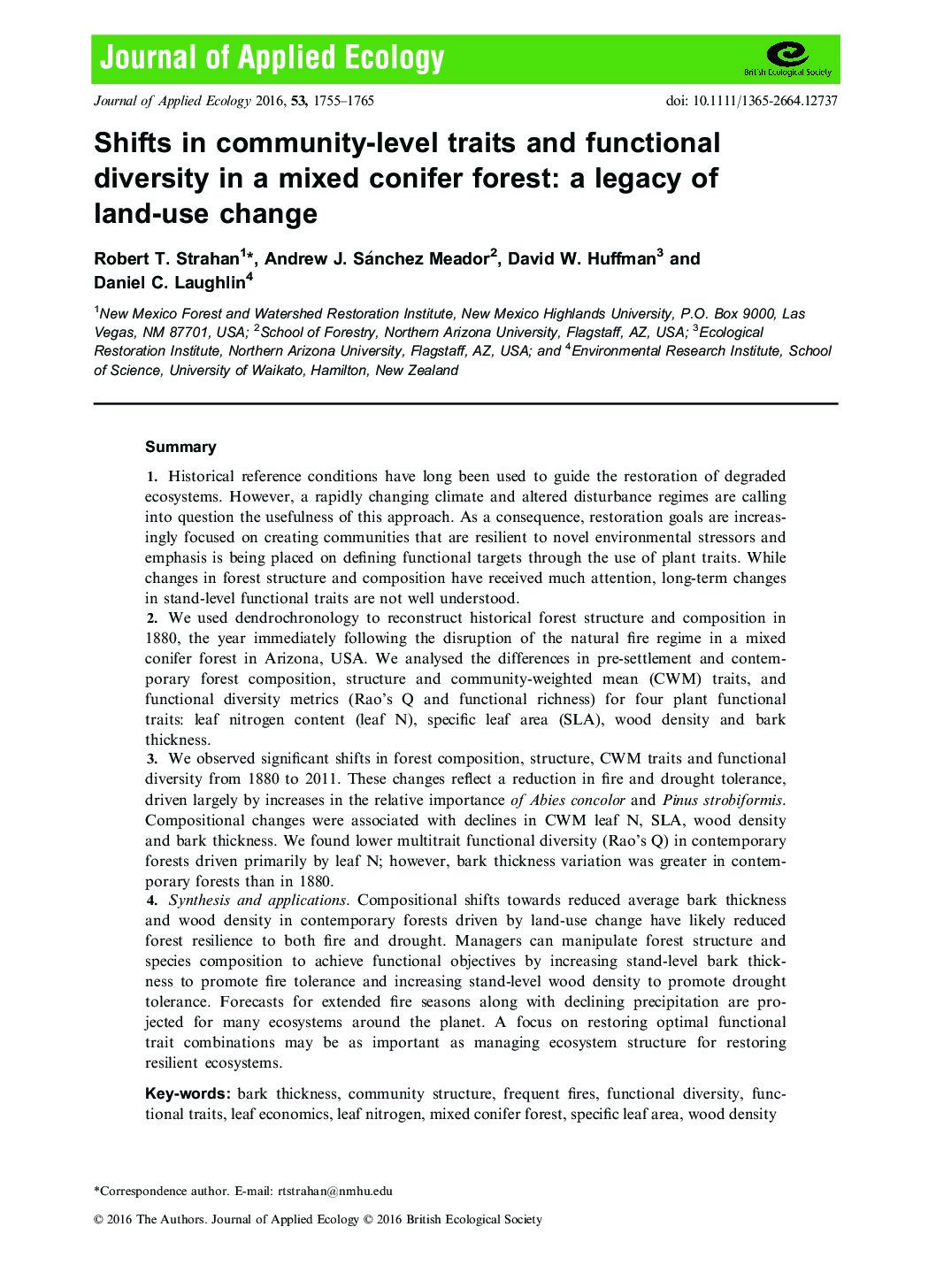
Shifts in community-level traits and functional diversity in a mixed conifer forest: a legacy of land-use change
Shifts in community-level traits and functional diversity in a mixed conifer forest: a legacy of land-use change ...
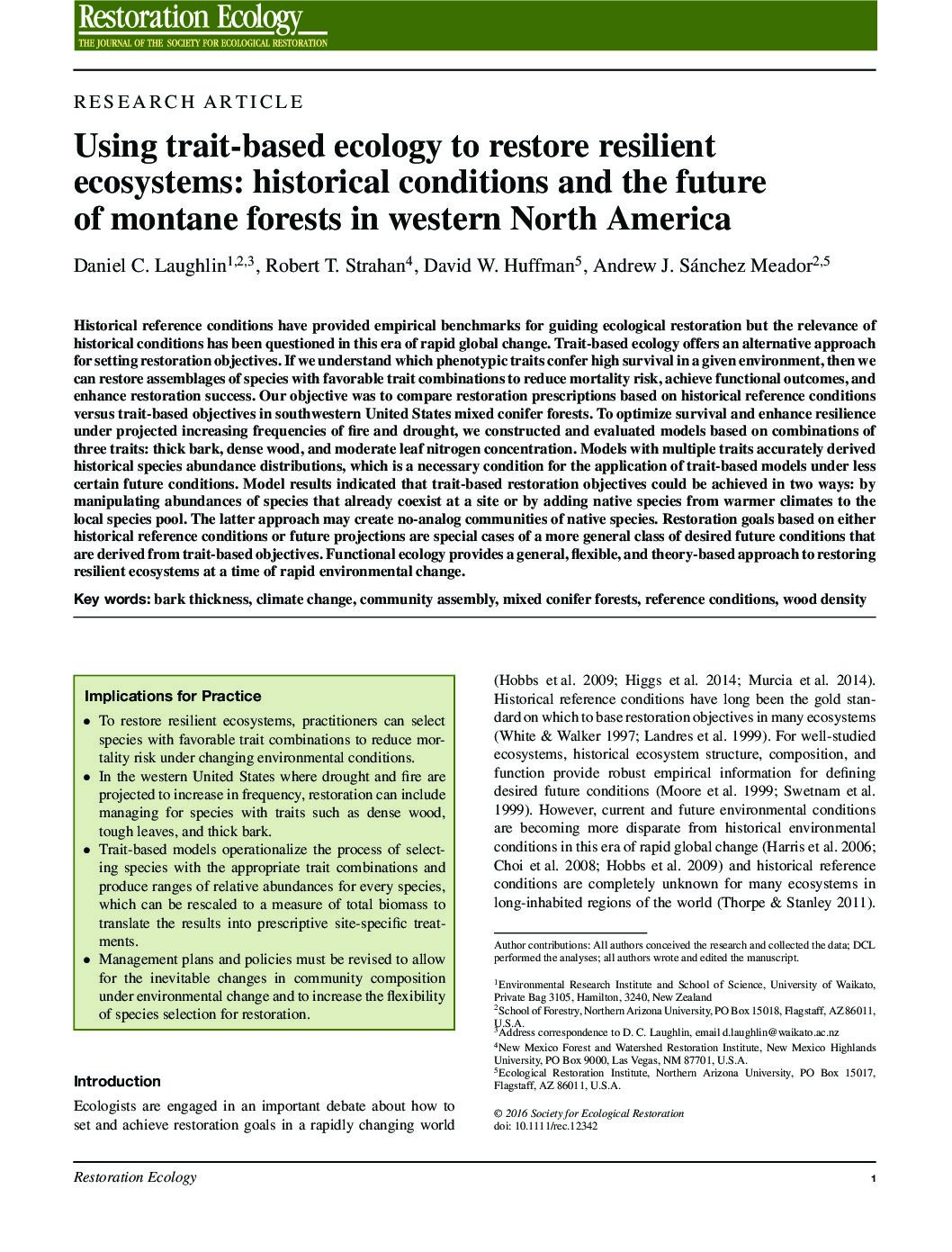
Using trait-based ecology to restore resilient ecosystems: historical conditions and the future of montane forests in western North America
Historical reference conditions have provided empirical benchmarks for guiding ecological restoration but the relevance of historical conditions has been questioned ...
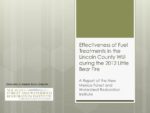
Presentation: Effectiveness of Fuel Treatments in the Lincoln County WUI during the 2012 Little Bear Fire
Presentation: Effectiveness of Fuel Treatments in the Lincoln County WUI during the 2012 Little Bear Fire ...
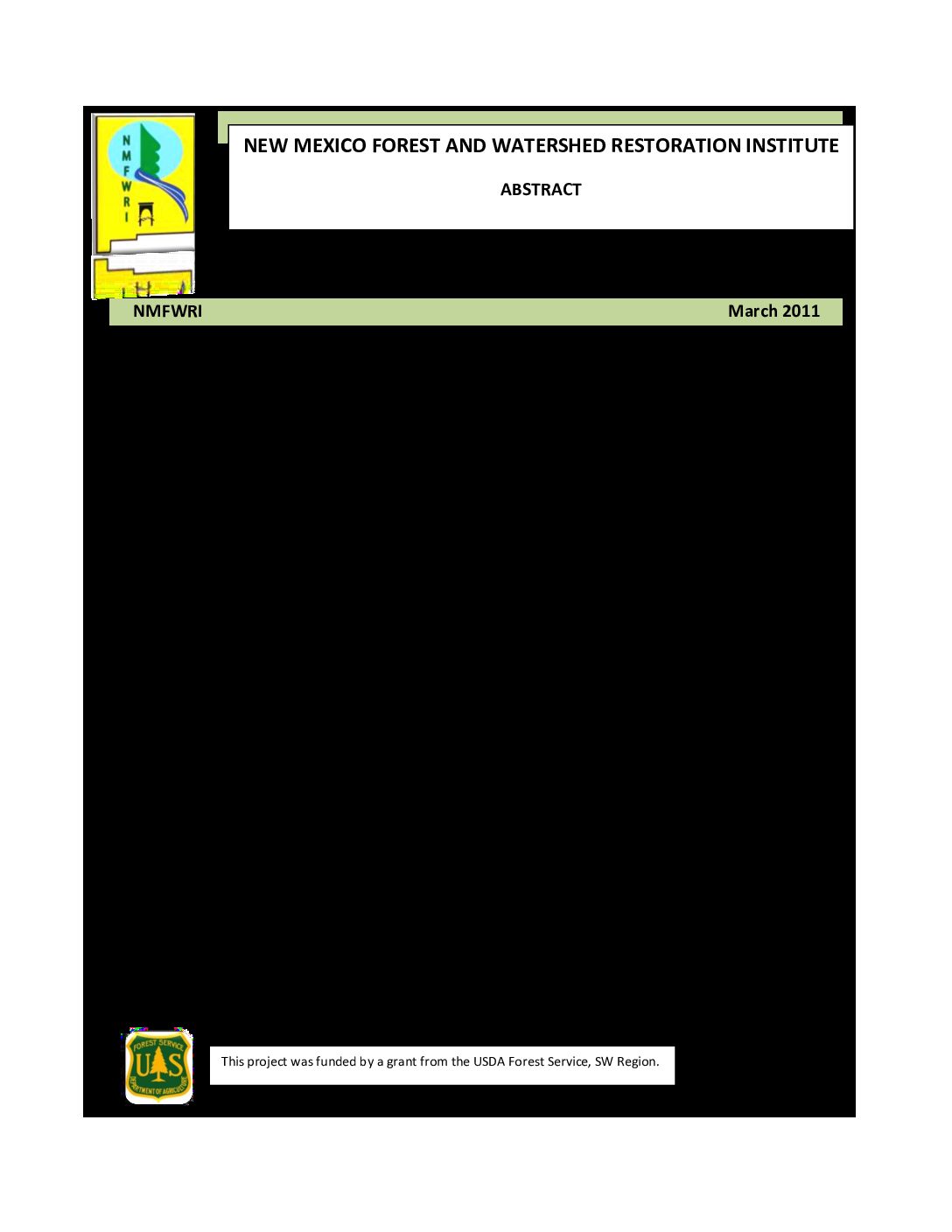
Abstract: Socio-Economic Indicators for Forest Restoration Projects: A Delphi Study
Abstract: Socio-Economic Indicators for Forest Restoration Projects: A Delphi Study ...
